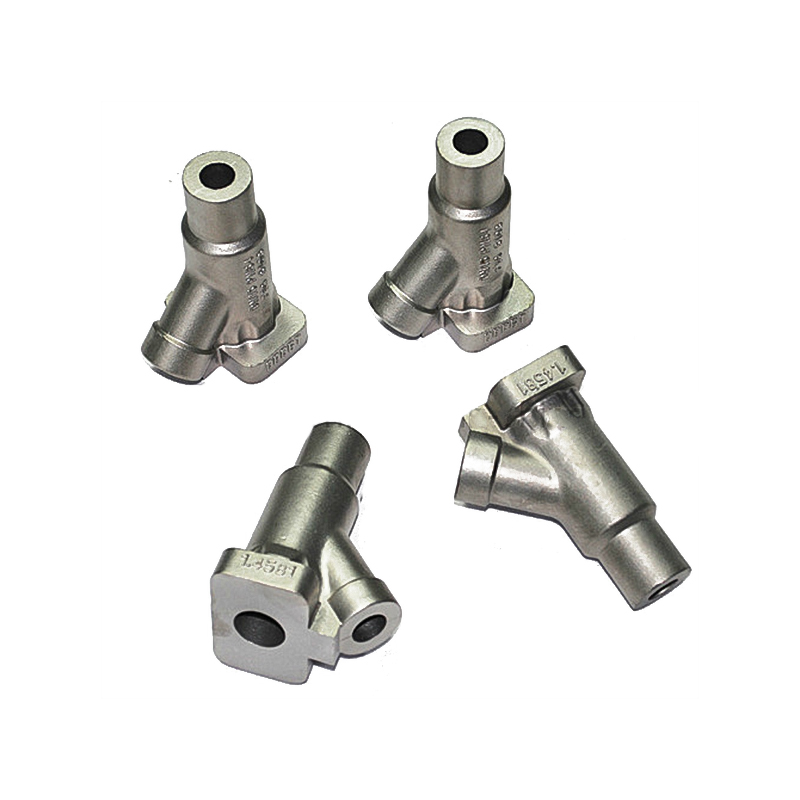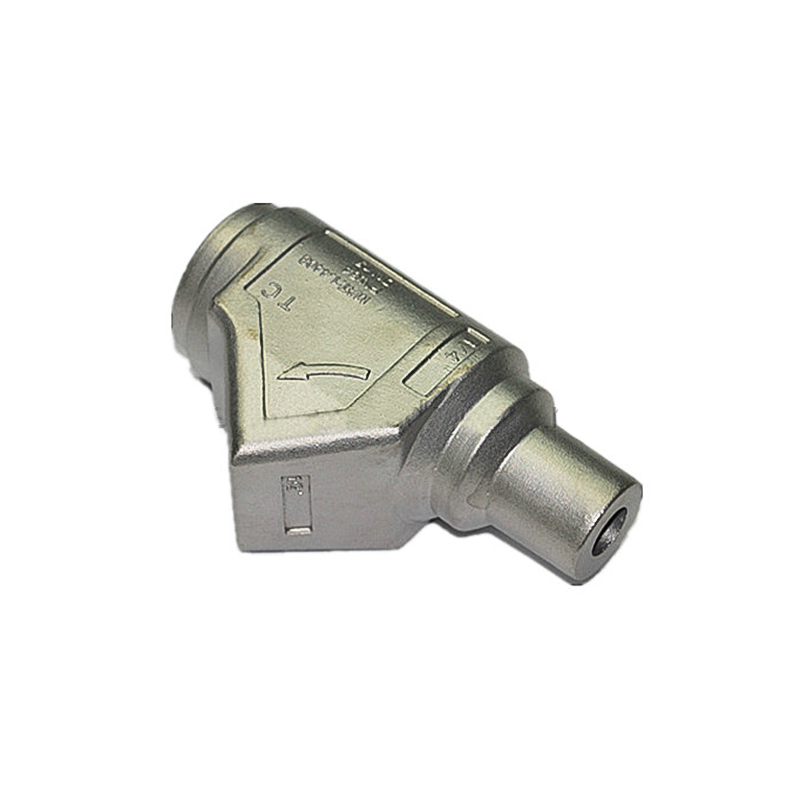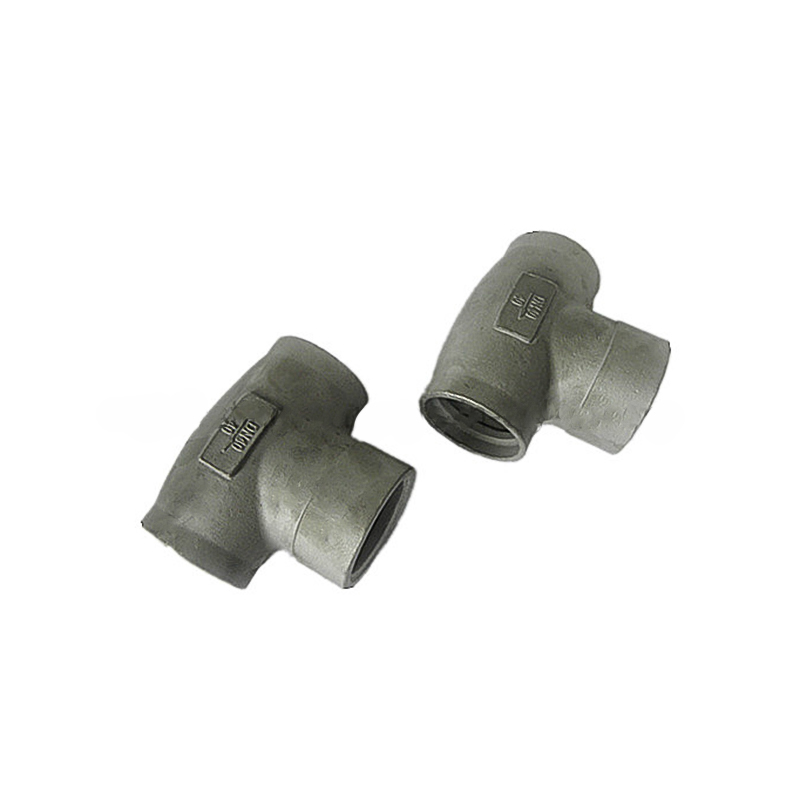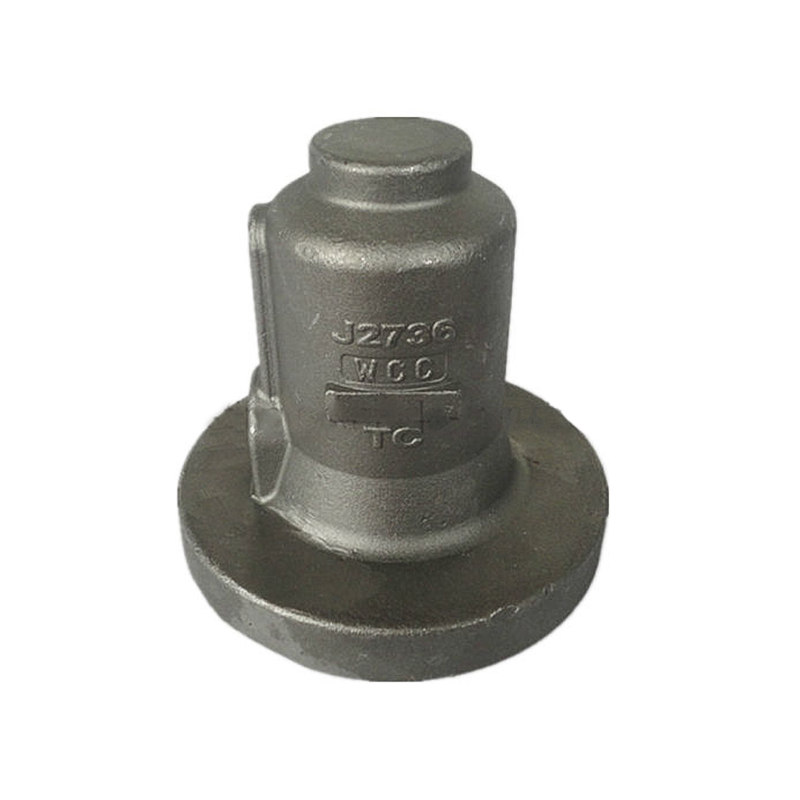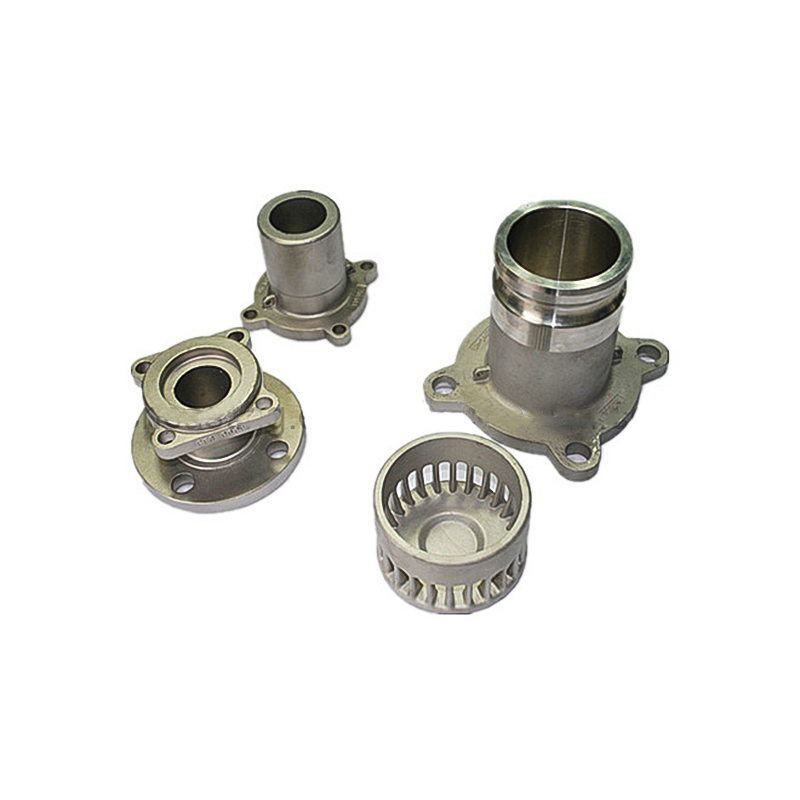How Auto Casting Parts Meet the Dual Requirements of Lightweight and High Strength for High-Performance Vehicles
In modern automotive manufacturing, lightweighting and high strength have become key elements in high-performance vehicle design. Especially for high-performance vehicles such as sports cars, luxury sedans, and electric vehicles, achieving a balance between lightweighting and high strength while ensuring safety and durability is a major challenge in the design and production process. Auto casting parts play a vital role in meeting this demand. In particular, in addressing these seemingly conflicting requirements, continuous innovation and optimization in casting processes have not only promoted material advancements but also enhanced overall component performance.
The Need for Lightweight and High Strength in High-Performance Vehicles
High-performance vehicles are often designed to withstand extreme conditions such as high speeds, sharp cornering, and collisions. Therefore, core components such as the body, engine, and chassis must possess exceptional strength to ensure stability and safety under high loads. Furthermore, to meet increasingly stringent fuel efficiency and environmental standards, there is a growing demand for lightweighting to reduce vehicle weight, improve acceleration performance, and increase range.
Lightweighting Demand: The core purpose of lightweighting is to improve vehicle performance, acceleration response, handling, and energy efficiency by reducing the weight of the vehicle body and components. In electric vehicles, lightweight bodies not only increase driving range but also reduce the burden on the battery, improving battery efficiency. Therefore, lightweighting has become a key factor in enhancing the competitiveness of high-performance vehicles.
High-strength Demand: **High-strength materials are essential for maintaining vehicle stability and safety under high-speed driving, collision, and extreme driving conditions. Key components such as the engine, transmission, and chassis must withstand the tremendous forces of high temperatures, high pressures, and high speeds. Therefore, high-strength and durable casting components are indispensable for high-performance vehicles.
How Casting Processes Meet the Dual Requirements of Lightweight and High Strength
Casting processes can effectively address the technical challenges of both lightweighting and high strength in high-performance vehicles. Through precise material selection and innovative casting processes, high-performance vehicle manufacturers can not only reduce component weight but also ensure strength and reliability in harsh environments.
Application of High-Strength Aluminum Alloys: Striking a Balance between Lightweight and High Strength
Aluminum alloys are widely used in automotive manufacturing due to their low density and high strength ratio, particularly in components such as engine blocks, transmission housings, and suspension systems in high-performance vehicles. The use of aluminum alloys not only effectively reduces component weight but also, through appropriate alloying and heat treatment processes, enhances their strength to meet the strength requirements of high-performance vehicles.
High-Strength Aluminum Alloys: Modern high-strength aluminum alloys offer superior tensile strength, impact resistance, and fatigue resistance compared to traditional aluminum alloys. In some applications, high-strength aluminum alloys can withstand greater mechanical loads while maintaining a low density, ensuring the safety of high-performance vehicles under extreme conditions.
Application of Aluminum Alloys in Engines and Transmissions: For example, aluminum alloy cylinder blocks not only reduce overall engine weight but also improve thermal conductivity, enabling more efficient engine operation. Aluminum alloy transmission housings reduce weight while maintaining strength, contributing to improved drivability and fuel efficiency.
Utilization of High-Strength Steel: Ensuring Structural Safety and Stability
Although aluminum alloys excel in lightweighting, the use of high-strength steel in certain critical areas remains indispensable. High-strength steel not only provides excellent structural strength but also effectively protects the vehicle body and occupants under extreme conditions, such as collisions.
Advantages of High-Strength Steel: Compared to traditional steel, high-strength steel offers higher tensile strength and impact resistance, improving component strength while maintaining a reasonable weight. High-strength steel is particularly well-suited for casting components such as body frames, chassis, and doors.
Application of High-Strength Steel in the Body and Chassis: For example, the use of high-strength steel castings in chassis and body frames not only improves structural safety but also effectively enhances the vehicle's crash resistance and overall rigidity.
Precision Casting Technology: Improving Component Precision and Durability
Precision casting technology, as a high-precision casting method, can produce components with high dimensional accuracy and excellent surface finish. In high-performance vehicles, investment casting technology is widely used in the production of key components such as engines, transmissions, and suspension systems to ensure reliability and durability under high loads and high temperatures.
Advantages of Investment Casting: Through investment casting, manufacturers can produce parts with complex shapes and precise dimensions, thereby reducing excess weight and enhancing component strength. Investment casting also reduces material waste during production and improves production efficiency.
Application Examples: For example, in the casting of engines and transmissions, investment casting technology not only improves component strength and performance but also optimizes component weight, meeting lightweighting requirements.
Composite Materials and Additive Manufacturing Technologies: Leading Future Innovation
With the development of composite materials and additive manufacturing (3D printing) technologies, the design and production of auto casting parts has entered a new era. These new technologies offer greater possibilities for meeting the lightweight and high-strength requirements of high-performance vehicles.
Carbon Fiber Composites: Due to their extremely high specific strength and stiffness, carbon fiber composites are an ideal lightweight material for high-performance vehicles. Especially in the manufacture of components such as body structures, engine casings, and suspension systems, the use of carbon fiber not only significantly reduces weight but also provides exceptional strength and rigidity.
Additive Manufacturing Technology: Additive manufacturing allows manufacturers to produce components according to precise design specifications, greatly increasing component design freedom. 3D printing technology enables manufacturers to optimize the internal structure of components as needed, ensuring they are lightweight while still maintaining the necessary strength and durability.
Practical Applications of Casting Components in High-Performance Vehicles
Casting technology is widely used in high-performance vehicles.
Engine and Transmission Components: The engines and transmissions of high-performance vehicles are often subject to extreme loads. The combination of aluminum alloys and high-strength steels enables these components to significantly reduce weight while meeting strength requirements, thereby improving acceleration and handling.
Body and Chassis Components: Body and chassis components are central to the safety and stability of high-performance vehicles. By utilizing high-strength aluminum alloys and steel casting processes, vehicles not only provide better protection in collisions but also maintain stable performance during driving.
Suspension System Components: The suspension system is crucial to the handling of high-performance vehicles. By using high-strength aluminum alloy castings, the suspension system maintains a low weight while ensuring vehicle stability at high speeds and during sharp turns.



 English
English Deutsch
Deutsch 简体中文
简体中文
